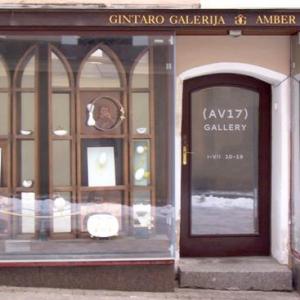(Caraglio, April 29, 1927 -Torino, November 14, 2007)
Piero Lerda was, as a teenager, a pupil of the painter Vincenzo Alicandri who moved to Caraglio from Sulmona, Abruzzo, during WWII.
In 1948 Lerda received the diploma of bachelor of art in Torino at the renowned Accademia Albertina di Belle Arti, and in 1953 he received the doctoral degree in Foreign Languages at the University of Torino. From 1951 to 1953 he was instructor of Italian language in Nice (France), where he also lectured on visual art of the French and American vanguards and on primitive art from the Lascaux caverns’ graffiti to African sculpture, in the capacity of invited lecturer by several cultural associations. While in Nice, he co-founded the Club des Jeunes, presided over by Jean Cocteau and Jacques Prévert.
After his military service in the Alpine troops, Lerda lived in Torino where he became an active promoter of culture; he worked as sc
Later on, Lerda became the Director of the USIS (United States Information Service Library) from 1957 to 1963, the year the library was closed.
From 1963 until his retirement Lerda was Professor of French language in several colleges in Torino, and a member of the experimental group on new methodologies in teaching French at the University of Torino (1969-1974).
Since the 1950s Lerda exhibited his works of art in many collective international shows promoted by the very active Cultural Association Il Crogiolo of Cuneo, receiving prizes and recognition.
In addition to his first solo show at the Gallery L’Immagine of Torino, directed by the artist Antonio Carena (Pagine di Diario, 1962), and the success of that exhibit, Lerda’s paintings have been exhibited in collective shows in Torino (La Promotrice di Belle Arti. Gold medal prize of the city of Torino, 1960), Napoli (Castel dell’Ovo. Rassegna Internazionale D’arte, Second Prize, 1963), Venezia (Il Traghetto, 1960, a collective show of young Piedmontese painters), Torino ( Gallery 3/A, 1977, upon invitation of the art critic Renzo Guasco).
Following this public activity, Lerda decided to continue his research on chaos and the existential themes which he had been pursuing since he wrote his thesis on Georges Bernanos. In his own words he hoped to work “in silence and meditation in order to discover new directions”.
His isolation far from the lights of the public stage and from current fashions enabled Lerda to express in complete freedom his inner world, while still keeping constant and alive an artistic, intellectual discourse with fellow artists and writers around the world.

























Comments 22
Say something